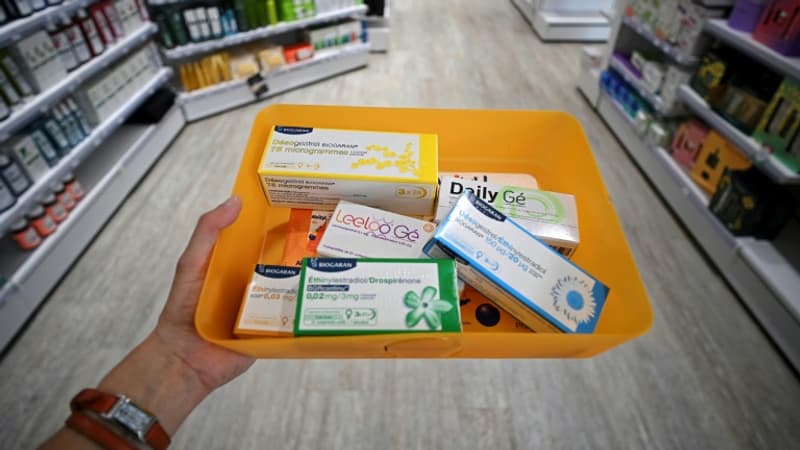Several consumer associations called this Friday, April 11, the maintenance of paper instructions in medication boxes this Friday, when the European Commission plans to replace it with a digital version.
“Digital technology must continue to be an additional, complementary tool and never a substitute tool imposed,” said the UFC -QE Choisir, rural families and the CLCV in a joint letter to the attention of the Minister of Health and the Minister of Europe and Foreign Affairs.
Therefore, these three associations call “public authorities to be supported, within the framework of discussions within the EU Council on the review of the pharmaceutical package, the support without condition of the instructions in the document in all drug boxes, without exception or logical of progressive substitution.”
“For many people, especially the elderly, in a precarious digital situation or living in poorly attended areas,” the traditional paper version “constitutes an essential, both simple and reliable support,” they emphasize.
An experiment in France in Autumn
The digital stena project, accessible through a QR code of packaging, is part of the revision of European pharmaceutical legislation. At the French level, an experiment for one hundred drugs is provided next autumn to test dematerialized warnings to read about electronic support.
At the beginning of the year, several European federations representative of the pharmaceutical industry, Efpia, which represents the largest European companies in the sector, medicines for Europe (generic manufacturers) and AESGP (higher drugs), took a common position in electronic records.
They consider that “the electronic notice guarantees that the information provided is always updated” and offers “the possibility of adjusting the size of the characters” for a better readability.
They also emphasize that “drug availability could increase” thanks to multilingual packaging, allowing “easier redistribution of boxes between member states.”
The end of paper notices, different depending on the market, would allow, according to them, “rationalize more conditioning processes” and “reduce the consumption of waste and resources.”
Source: BFM TV


